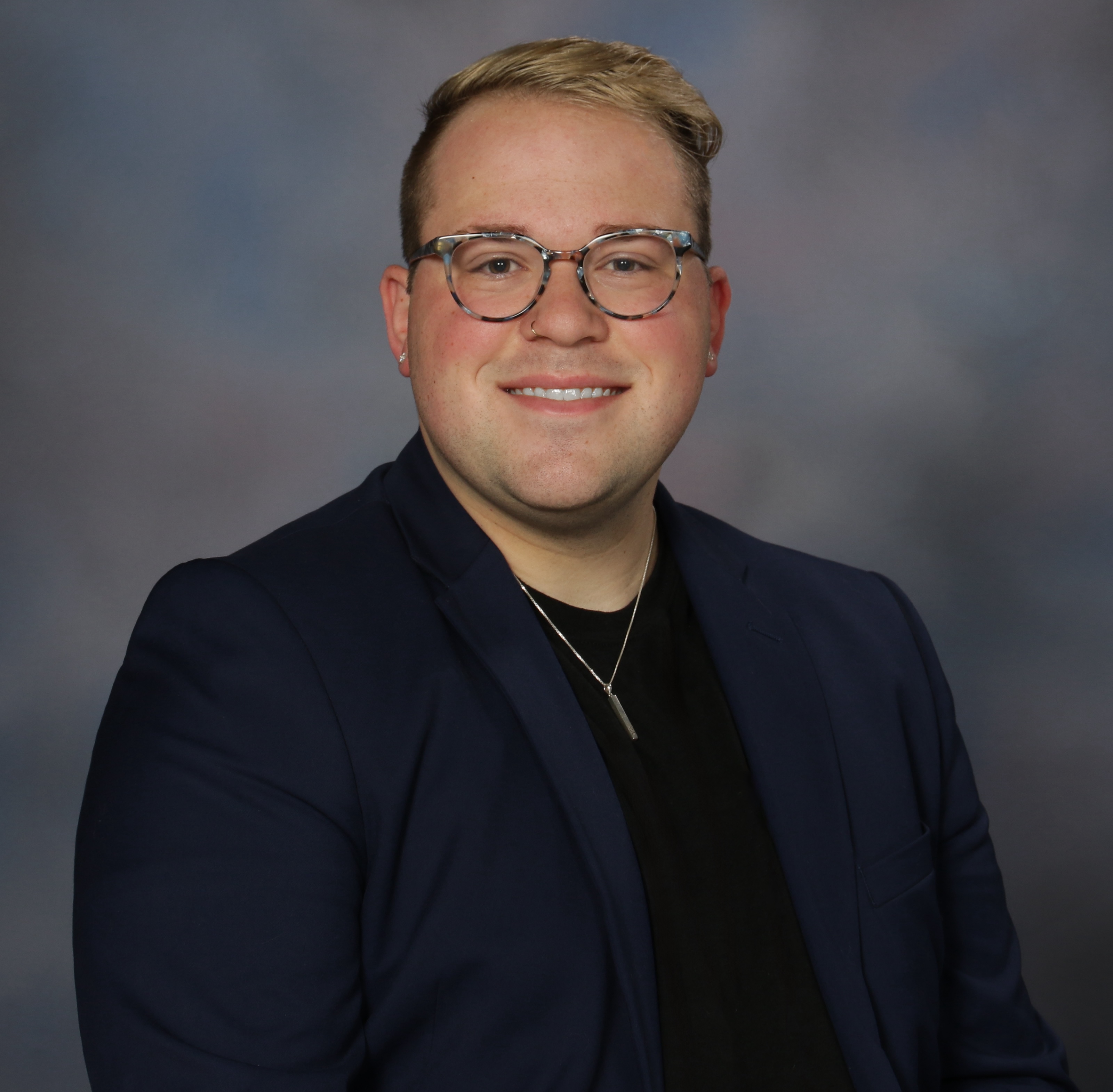Publications
My major research paper (Western University’s rough equivalent of a thesis for one-year Master’s programs) studied six theories of L3 transfer, using the gender congruency effect and English/French L1/L2 mirror image groups learning Spanish. I was able to observe a gender congruency effect, especially for L1 French participants, indicating that linguistic transfer occurs at least from the L1. However, due to a limited participant pool, it was difficult to draw any further major conclusions from my data, and additional L2 transfer can’t be ruled out. Task effects also played a big role– orthographic cues and agreement contexts in one of my tasks meant that participants did not access gender information at a cognitively-deep level, instead only reading gendered affixes to determine agreement.
September 6, 2024: The research team I belong to at the University of Western Ontario looked at gender production and processing in Russian-English-Spanish trilinguals who vary in their proficiency in Spanish and in how they learned Spanish- instructed learning (i.e., classroom) or naturalistic learning (i.e., immersion, living in a Spanish-speaking country, etc.). Naturalistic beginning learners outperformed instructed beginning learners, but this advantage did not appear at higher levels. Check it out here!
Summer-Fall 2024: I’ve submitted a paper for publication in a special edition of the journal ELLA (hosted at Høgskolen i Østfold) dedicated to gender and sexuality in language subjects. Using Spanish world language classrooms as a guide, my paper aims to accessibly explain grammatical and social gender–and, crucially, their intersections–for language educators while demonstrating the need for inclusive language (IL) instruction. Rather than prescribing any specific form of inclusive language, I review existing forms of IL as identified in corpora and highlight considerations that educators should take into account when determing which inclusive forms to use. I also include several classroom activities that educators may use to teach inclusive language.
